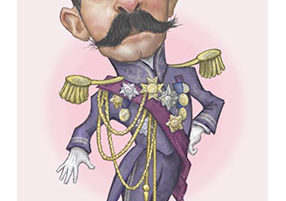
‘Warm Brothers’ in 18th-century Berlin
Briefe über die Galantieren von Berlin has none of the militancy of the Encyclopedists. The polemic intent of the latter is charted by Robert Darnton in his Forbidden Best-Sellers of Pre-Revolutionary France (1995). The Austrian officer’s letters are leagues behind a work such as Thérèse philosophe (1748), for instance, in which free thinking is associated with sexuality.
More








